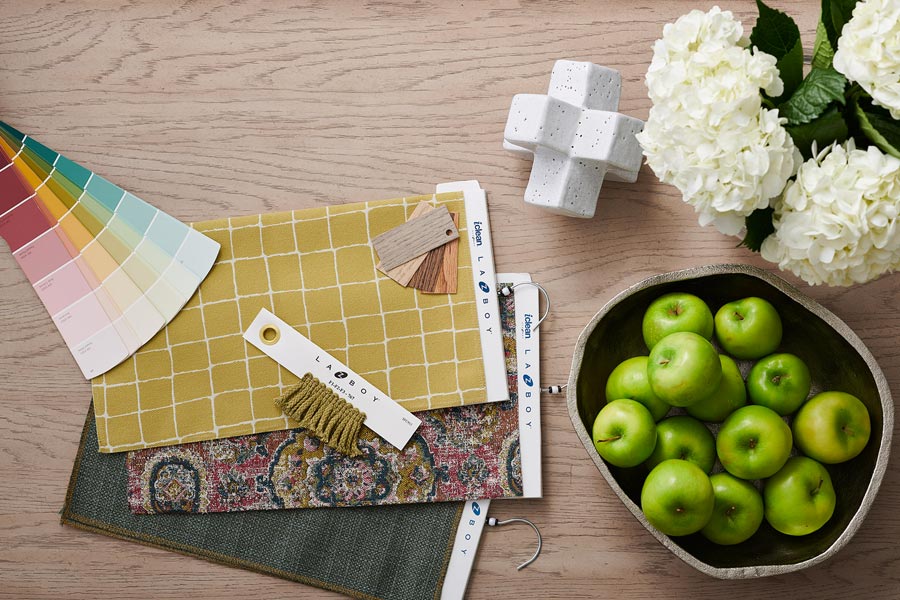
A Place for Every Pattern
In so many design-forward room photos, there are beautiful displays of different fabrics and patterns that are all cohesive and living together in harmony. How do we do it? Well here’s a tidbit that you can add to your toolbox to help mix fabric patterns and texture patterns easily.
EASY ON THE EYES
Identifying the patterns:
Real simple formula. Use the “small, medium, large” rule and you can’t go wrong.
Small: These are tight patterns that have little visual background. Some people might describe these as “busy”. A heavily textured fabric can also be used as the “small” pattern.
Medium: These are more loose patterns that have more visual background peeking from behind the predominant pattern.
Large: These are patterns that have mostly the background color and less of a top pattern. This size pattern will typically be more graphic, meaning the predominant top pattern is more visually stimulating.
TAKE ATTENDANCE:
Make sure all 3 of the fabric sizes are called and accounted for and you have yourself a well-designed, cohesive array of patterns.
It’s just that easy.
Don’t forget your rug pattern and drapery pattern play a leading role on your stage too.
Using these general guidelines you will be able to mix and match all kinds of patterns to give character to a room.
They open a whole new angle of design when working with a neutral palette focusing on textures. Your texture becomes your pattern. Small stiches, medium wicker, large sweater weaves are your friend here.
If your choices are easy on the eyes, then you’re doing it right. Don’t overthink it. This is art. Have fun and remember, it can all be undone so don’t have over-analysis paralysis. The design police don’t really exist… they are not staking your house undercover as your neighbor. If you are happy, that’s all that matters.

